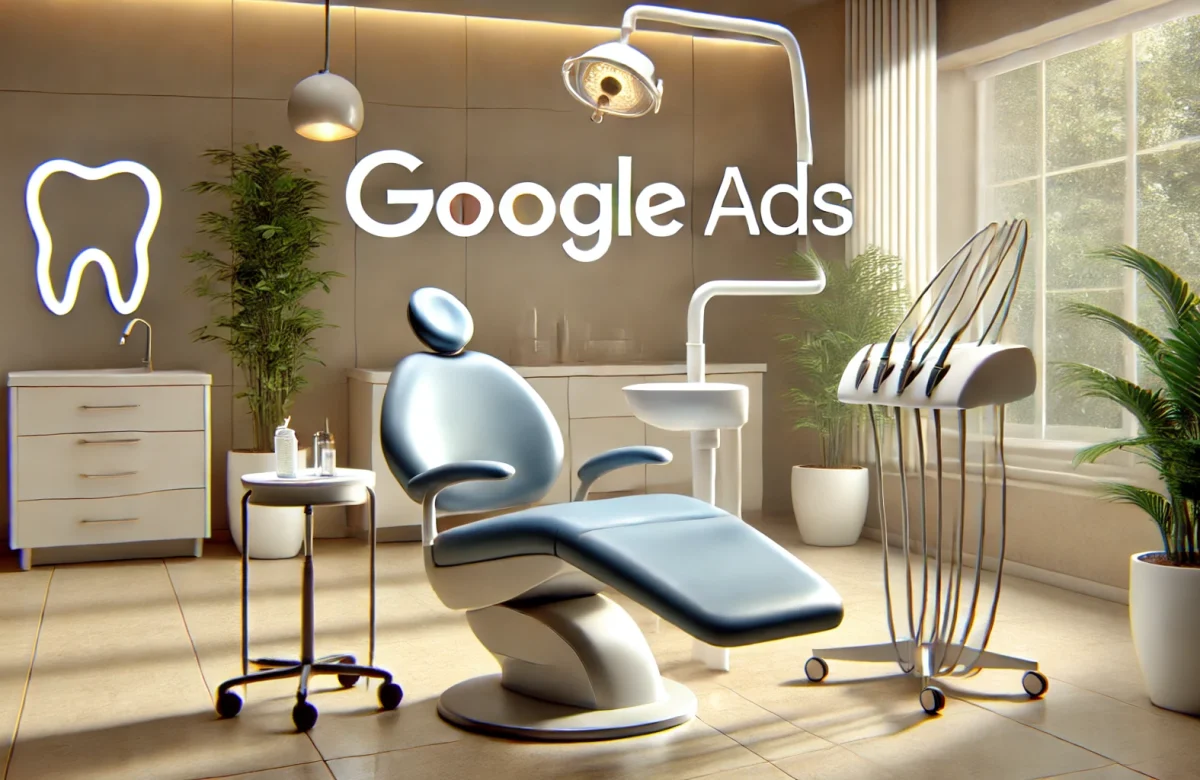The Ultimate Guide to Facebook Ads for Dental Practices

Comfortable full leather lining eye-catching unique detail to the toe low ‘cut-away’ sides clean and sleek harmony.
Adamson Janny
Running a dental practice today, means that traditional word-of-mouth referrals, while still valuable, are no longer enough to keep your calendar booked. As a business owner and digital marketing expert specializing in dental offices, I’ve seen firsthand how local SEO (Search Engine Optimization) can transform a dental practice into a patient-generating machine. In this guide, we’ll dive deep into everything you need to know about Local SEO for Dentists—from the basics of dental SEO to the nuts and bolts of website optimization, content marketing, and beyond.
If you’ve ever wondered why some dentists seem to appear at the top of Google every single time you search, it’s not an accident. They’re implementing local SEO strategies specifically crafted to reach prospective patients in their area. Since search engines are constantly evolving, it’s crucial to stay in the know. Let’s get started!

Understanding the Importance of Dental SEO
What is Dental SEO?
Dental SEO (Search Engine Optimization) is the process of enhancing your dental practice’s online presence—particularly your website—so that when people search for dental services in your area, your practice appears at or near the top of the search engine results pages (SERPs). This involves a combination of technical, on-page, off-page, and local SEO strategies tailored specifically to the dental industry.
- Keyword Integration: This is the practice of identifying keywords that prospective patients are using to find dental services and incorporating them throughout your website content, including page titles, headings, meta descriptions, and blog posts.
- Local Targeting: Dentists serve a local community, so local SEO elements—like Google Business Profile optimization, local citations, and region-specific content—are critical. For instance, if you practice in Toronto, optimizing for “best dentist Toronto” or “emergency dentist in Toronto” is going to be vital.
- User Experience: At the end of the day, your website should provide value to the user. Dental SEO includes making your website easy to navigate, ensuring quick load times, and providing helpful, authoritative dental information.
Why is Dental SEO Important?
In the modern world, potential patients typically start their search for a dentist online. If your practice doesn’t appear where people are looking (i.e., on the first page of Google), you might be losing out on a significant number of patients.
- Visibility and Trust: By investing in SEO, you improve the likelihood that prospective patients find your website at the critical moment they’re searching for a new dentist. Ranking higher in organic search results also confers trust; users tend to trust the top few results more than websites buried on page two or beyond.
- Cost-Effectiveness: SEO is often a more cost-effective strategy over the long term compared to paying for continuous advertising. While pay-per-click (PPC) campaigns can yield quick results, they can also be expensive. SEO builds a foundation that continues to deliver traffic even if you scale back on other marketing efforts.
- Establishing Expertise: By sharing relevant blog posts and detailed dental service pages, you showcase your expertise and convince search engines (and potential patients) that your site is a valuable resource. This helps build trust and authority, encouraging patients to choose you over competitors.
- Long-Term Growth: SEO is not a one-and-done strategy. It’s an ongoing effort that builds momentum over time, leading to consistent patient flow without relying heavily on paid ads.
Developing a Dental SEO Strategy
How to Create a Dental SEO Strategy
SEO without a plan can get overwhelming. That’s why crafting a roadmap is your first step. The goal is to set clear objectives, identify your target audience, and outline the tasks needed to improve your site’s visibility.
- Identify Your Target Audience and Location: If your practice is in Vancouver, for example, your primary objective is attracting people in Vancouver and surrounding areas. Tailor your keywords and content accordingly—i.e., “family dentist in Vancouver,” “cosmetic dentist near me,” etc.
- Audit Your Current Website and Competitors: Take a deep dive into your site’s current performance. Check load times, mobile responsiveness, current keyword rankings, and more. Also, analyze your competitors’ websites to see what they’re doing well and where you can do better.
- Set Measurable Goals: Maybe you want to rank on the first page for “emergency dentist in Los Angeles” within 6 months, or perhaps your aim is to increase website leads by 20% in a year. Specific, time-bound goals help keep your strategy on track.
- Develop a Keyword and Content Plan: Based on your audit, create a plan for which pages need optimizing and which new content pieces you will add, such as blog posts or service pages.
- Implement Technical and On-Page Optimizations: Ensure your website has a clean structure, includes meta tags, and is free from technical errors that could hinder search engines from indexing your site properly.
- Build High-Quality Backlinks and Local Citations: Backlinks from reputable sites and consistent local citations help boost your domain authority and search rankings.
- Measure and Refine: Use analytics tools like Google Analytics and Google Search Console to track your performance. If a specific keyword or page isn’t performing, refine your approach. SEO is iterative.


